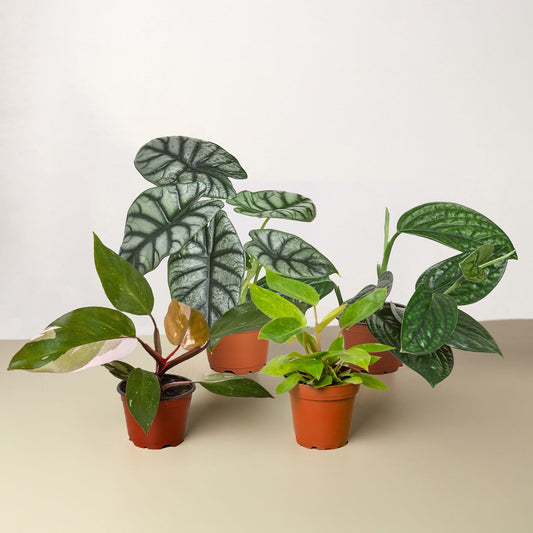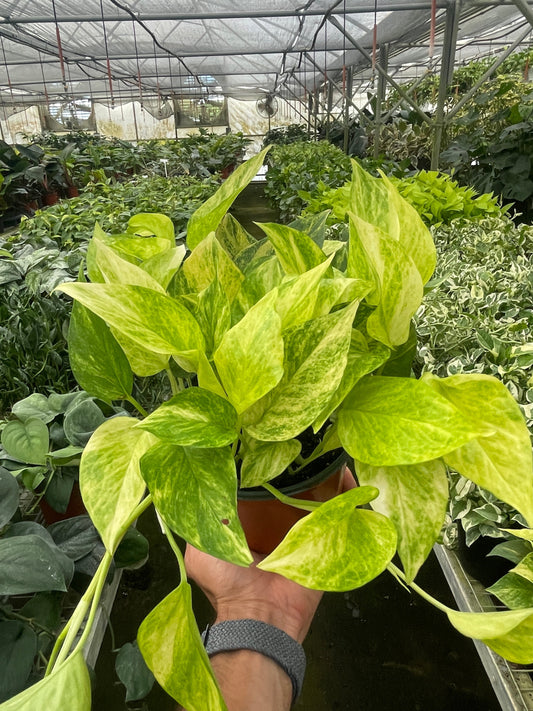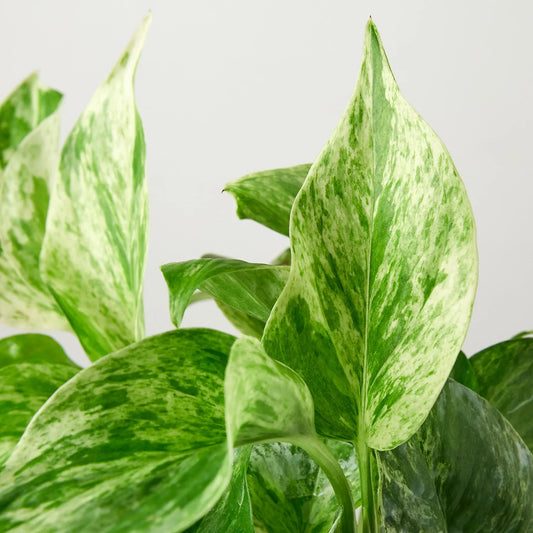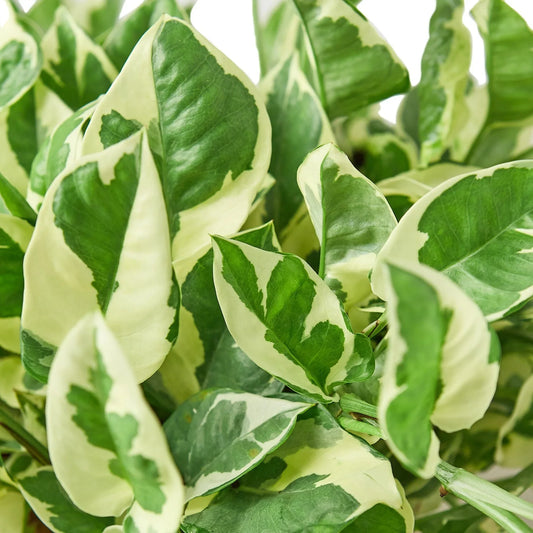Ficus Burgundys In The Wild: Exploring Their Natural Habitat
Cafe Planta Team
Imagine strolling through a lush tropical forest, where the air is thick with humidity and the sound of rustling leaves fills your ears. In this vibrant setting, towering trees spread their branches wide, creating a canopy that filters sunlight into a soft, dappled glow. Among these giants, the Ficus Burgundy thrives in its natural habitat, a sight that's both awe-inspiring and humbling.
This article will take you on a journey through the world of Ficus Burgundy in the wild, exploring their natural habitat, unique characteristics, and the conditions that allow them to flourish. From their towering presence in tropical forests to their role in the ecosystem, we'll uncover the fascinating life of these remarkable trees.
The Origin of Ficus Burgundy
Ficus Burgundy, a member of the fig family, is native to Southeast Asia, particularly found in the rainforests of Indonesia, Malaysia, and India. These regions provide the perfect environment for the Ficus Burgundy, with their warm temperatures, high humidity, and rich, well-drained soils.
Interestingly, the Ficus Burgundy isn't your typical tree. It's an epiphytic plant, which means it often starts its life perched on other trees. This gives it a unique advantage, allowing it to reach sunlight more easily in the dense forest canopy. As it grows, it sends down aerial roots that eventually reach the ground, anchoring the tree and allowing it to absorb nutrients from the soil.
Over time, these roots thicken and become woody, forming the trunk of the tree. This process can take several years, but the result is a robust and impressive specimen that can reach heights of up to 50 feet in the wild. It's a testament to the adaptability and resilience of the Ficus Burgundy, thriving in an environment where competition for light and resources is fierce.
Climate and Conditions
The Ficus Burgundy's natural habitat is characterized by a tropical climate, with temperatures ranging from 70 to 85 degrees Fahrenheit. These regions experience significant rainfall, often exceeding 100 inches per year, which provides the necessary moisture for the Ficus to thrive.
Humidity levels are also crucial for the growth of Ficus Burgundy. In the wild, these levels can range from 70% to 90%, creating a perfect environment for their lush foliage to flourish. The high humidity helps prevent the leaves from drying out and supports the tree's overall health.
Another critical factor is the soil. Ficus Burgundy prefers well-drained, fertile soils rich in organic matter. The rainforest floor, covered in decomposing plant material, offers a nutrient-rich environment that supports the tree's growth. This abundance of nutrients allows the Ficus Burgundy to develop its characteristic dark, glossy leaves, which are not only beautiful but also efficient at photosynthesis.
Role in the Ecosystem
The Ficus Burgundy plays a vital role in its natural habitat, contributing to the health and diversity of the ecosystem. As an epiphyte, it provides a unique habitat for various species, offering shelter and food for birds, insects, and other small animals.
The tree's fruits, known as figs, are a crucial food source for many forest creatures. These figs are rich in nutrients and provide sustenance for birds, bats, and monkeys, among others. In return, these animals help disperse the seeds of the Ficus Burgundy, ensuring its continued survival and propagation.
Moreover, the dense canopy of the Ficus Burgundy helps regulate the forest's microclimate. It provides shade, reduces soil erosion, and maintains humidity levels, all of which are essential for the health of the rainforest ecosystem. The Ficus Burgundy's presence supports biodiversity, making it an integral part of the forest community.
Adaptations and Survival Strategies
The Ficus Burgundy has developed several adaptations that enable it to thrive in its challenging environment. One of its most remarkable features is its ability to grow as both an epiphyte and a terrestrial plant. This dual strategy allows it to take advantage of different ecological niches and maximize its chances of survival.
As an epiphyte, the Ficus Burgundy begins its life high in the forest canopy, where it can access sunlight more easily. This position also reduces competition with other plants for resources. The tree sends down aerial roots, which eventually reach the ground and anchor the plant in the soil. These roots not only provide stability but also allow the Ficus to absorb nutrients and water from the forest floor.
In addition to its growth strategy, the Ficus Burgundy's leaves are adapted to the humid rainforest environment. Their dark, glossy surface helps minimize water loss while maximizing photosynthesis. The leaves are also thick and leathery, providing protection against herbivores and harsh weather conditions.
Challenges in the Wild
Despite its adaptability, the Ficus Burgundy faces several challenges in its natural habitat. One of the primary threats is deforestation, which leads to the loss of suitable environments for the tree to grow. As rainforests are cleared for agriculture, logging, and urban development, the Ficus Burgundy and countless other species lose their homes.
Another challenge is the competition for resources. In the dense rainforest, plants must compete for sunlight, water, and nutrients. While the Ficus Burgundy has developed strategies to mitigate these challenges, such as its epiphytic growth habit, it is not immune to the pressures of competition.
Climate change also poses a threat to the Ficus Burgundy. Changes in temperature and rainfall patterns can disrupt the delicate balance of the rainforest ecosystem, affecting the growth and survival of the Ficus and other species. Increased frequency and intensity of storms can also cause physical damage to these trees, further impacting their ability to thrive.
Conservation Efforts
Given the challenges faced by the Ficus Burgundy, conservation efforts are crucial to ensure its survival in the wild. Protecting and preserving rainforest habitats is a primary focus, as these ecosystems are home to countless species, including the Ficus Burgundy.
Conservation organizations work to raise awareness about the importance of rainforests and the role they play in maintaining global biodiversity. By educating communities and supporting sustainable land-use practices, these organizations aim to reduce deforestation and promote the conservation of these vital ecosystems.
Additionally, research into the Ficus Burgundy and its ecological role can inform conservation strategies. Understanding the tree's adaptations, growth patterns, and interactions with other species can help develop targeted approaches to protect and support its populations in the wild.
The Ficus Burgundy as a Houseplant
While the Ficus Burgundy is a remarkable sight in the wild, it also makes a stunning addition to any home. As a houseplant, it brings a touch of the tropics into your living space, with its striking dark leaves and elegant form.
Caring for a Ficus Burgundy as a houseplant requires some attention to its natural preferences. It thrives in bright, indirect light, mimicking the filtered sunlight of the rainforest canopy. Too much direct sunlight can scorch the leaves, while too little light can lead to leggy growth.
The Ficus Burgundy also prefers high humidity, so it's helpful to mist the leaves regularly or use a humidifier to maintain moisture levels. When it comes to watering, keeping the soil consistently moist but not waterlogged is key. Allow the top inch of soil to dry out between waterings to prevent root rot.
Integrating Ficus Burgundy into Interior Design
The Ficus Burgundy's bold foliage and graceful silhouette make it a versatile addition to various interior design styles. Whether your space is modern, bohemian, or traditional, this plant can add a touch of nature and elegance to your home.
In a modern setting, pair the Ficus Burgundy with sleek, minimalist furniture and neutral color palettes to create a clean, sophisticated look. The plant's dark leaves can serve as a striking contrast against white or light-colored walls, adding depth and interest to the room.
For a bohemian vibe, surround your Ficus Burgundy with an eclectic mix of textures and patterns. Incorporate woven baskets, colorful textiles, and natural materials to create a cozy, inviting atmosphere. The plant's lush foliage will complement the layered, relaxed feel of the space.
In a traditional setting, the Ficus Burgundy can add a touch of drama and sophistication. Pair it with classic furniture pieces, rich wood tones, and luxurious fabrics to create a timeless, elegant look. The plant's glossy leaves will add a sense of refinement and grace to the room.
Final Thoughts
The Ficus Burgundy is a fascinating plant that thrives both in the wild and as a cherished houseplant. From its origins in the lush rainforests of Southeast Asia to its role in interior design, this plant offers beauty, adaptability, and ecological significance.
At Cafe Planta, we believe in the transformative power of plants. Whether you're looking for advice on plant care or searching for a unique addition to your collection, we're here to help. Feel free to reach out via email or connect with us on Instagram. Let's grow together!



















